Maintaining a safe and secure work environment often involves alcohol testing to ensure that individuals are fit for duty.
In the realm of alcohol testing, two important metrics are commonly used:
- Blood Alcohol Concentration (BAC); and
- Breath Alcohol Concentration (BrAC).
Understanding the key differences between these measures is crucial for implementing effective testing protocols. In this blog post, we’ll explore the distinctions between BAC and BrAC and how they impact alcohol testing procedures.
Blood Alcohol Concentration (BAC):
BAC is a measurement of the amount of alcohol present in a person’s bloodstream. It is typically expressed as a percentage, representing the ratio of alcohol to blood volume. BAC is commonly measured through blood tests, providing an accurate and direct assessment of an individual’s level of alcohol intoxication. Traditional blood tests involve drawing a blood sample, which is then analysed in a laboratory to determine the BAC. Under the old version of Australian Standard AS 3547 (1997), results were also expressed as a Blood Alcohol Concentration, sometimes referred to as % BAC or simply %. In the updated Australian Standard, AS 3547:2019, the unit of measurement was changed to BrAC.
Breath Alcohol Concentration (BrAC):
In contrast, BrAC measures the concentration of alcohol in a person’s breath. This measurement is commonly used in breathalyser devices and for law enforcement applications, which individuals blow into to provide a breath sample for analysis. The breathalyser then calculates the BrAC based on the alcohol content detected in the exhaled breath. In Australia, BrAC is measured in grams per 210 litres of breath or g/210L.
Choosing the Right Metric:
The choice between BAC and BrAC depends on the specific requirements of alcohol testing protocols. While BAC offers precise measurements through blood tests, BrAC provides a more practical and rapid solution for on-the-spot testing. Many workplaces opt for breathalyzer devices that measure BrAC due to their ease of use and immediate results.
Conclusion:
Understanding the distinctions between BAC and BrAC is fundamental for implementing effective alcohol testing procedures. Whether you choose BAC for its precision or opt for the practicality of BrAC measurements, Drug Test Warehouse offers a range of solutions to meet your workplace safety needs. By staying informed about these key metrics, organizations can maintain a secure environment while promoting responsible alcohol consumption among their workforce.









